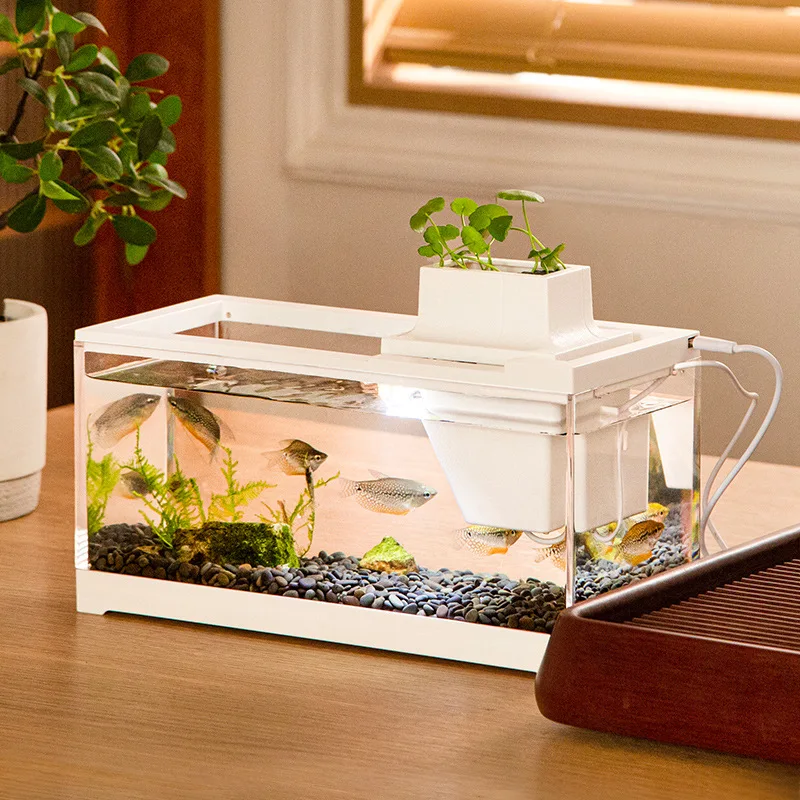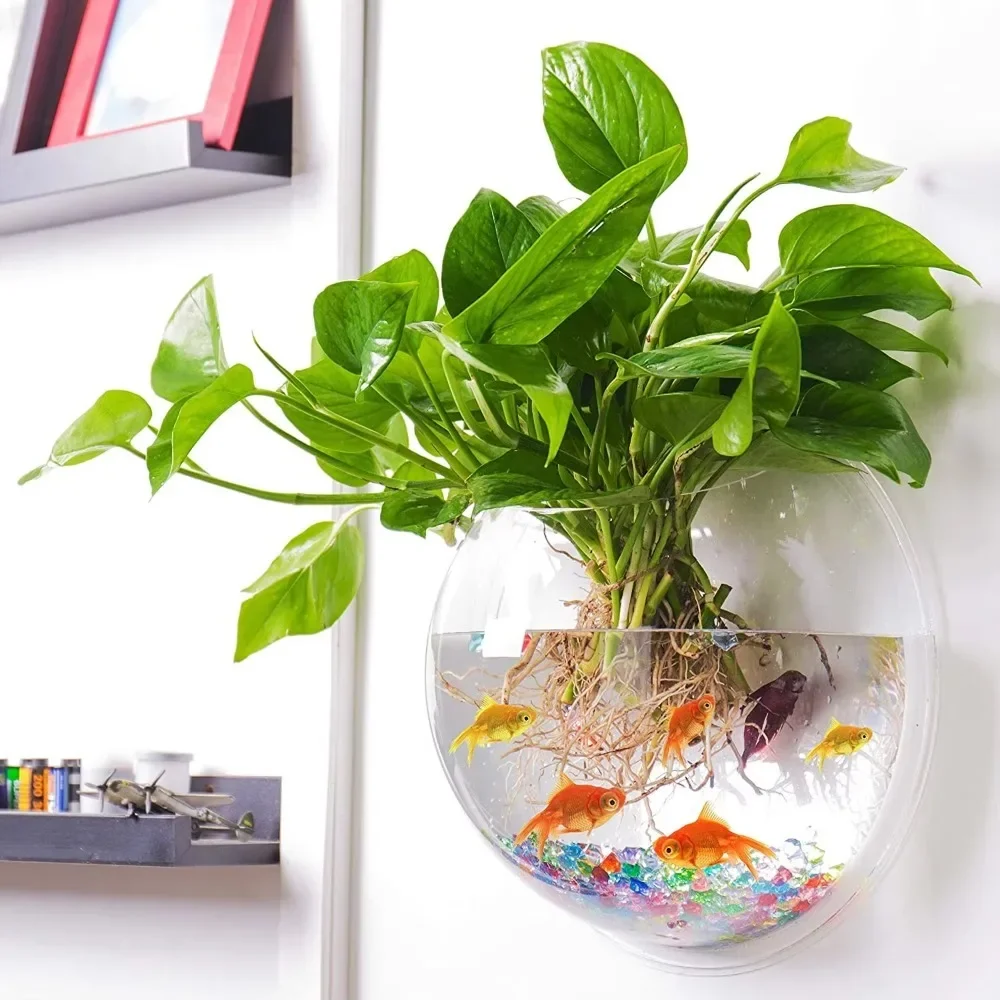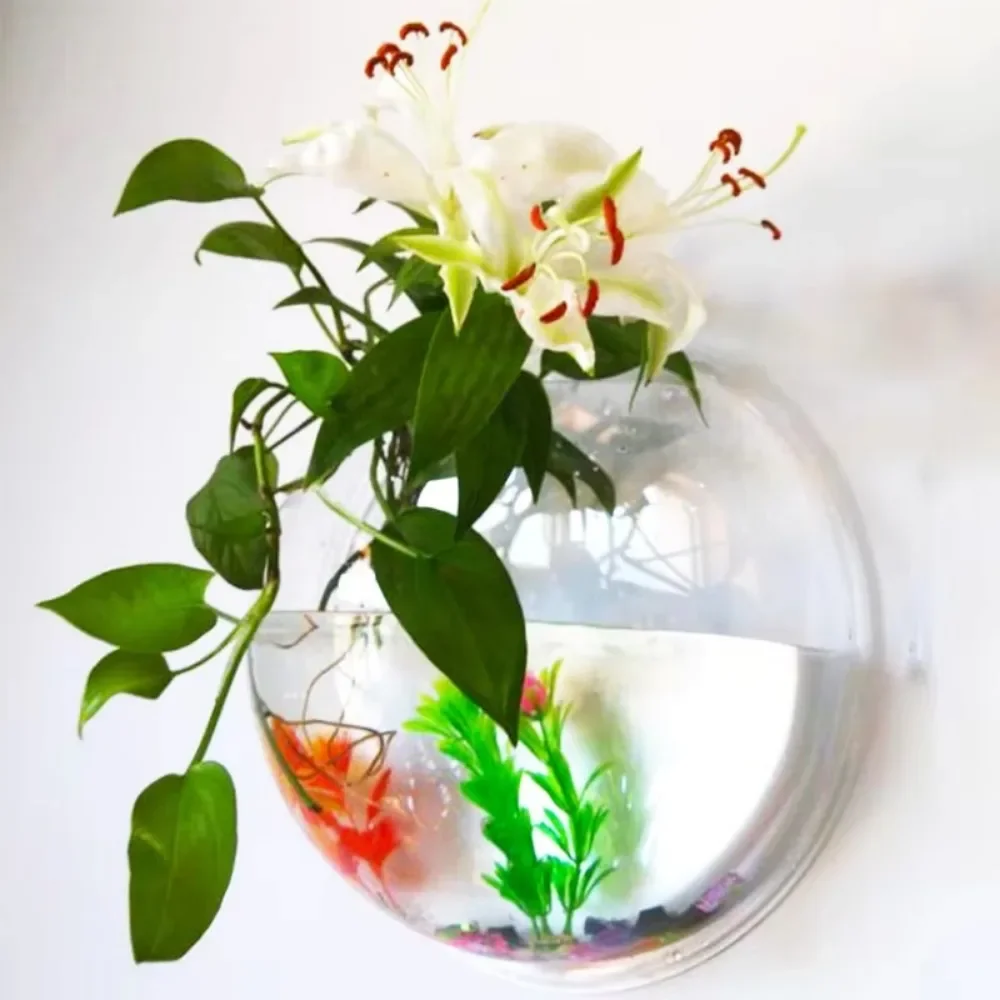Introduction: Understanding the Problem of Cloudy Water
Cloudy water in your fish tank is a common and frustrating problem that many aquarium owners encounter. It detracts from the visual appeal of your tank and can negatively impact the health of your aquatic life. Understanding the root causes of cloudy water is essential to implementing effective solutions. Often, cloudy water results from environmental factors, bacterial blooms, or inadequate maintenance practices. In this comprehensive guide, we will explore the various reasons behind cloudy water and provide detailed tips and solutions to help you restore clarity and maintain a healthy aquatic environment.

Identifying the Type of Cloudiness
Before attempting to rectify cloudy water, it is crucial to identify the type of cloudiness you are dealing with, as this will guide your corrective actions. Cloudy water can generally be classified into three types: white or gray, green, and brown.
White or gray cloudiness is often caused by bacterial blooms or particles in the water. Bacterial blooms occur during the initial setup of a new tank or due to an imbalance in the tank’s ecosystem, leading to a sudden increase in beneficial bacteria. These bacteria cloud the water and are usually harmless to fish but can be unsightly.
Green water indicates an algae bloom, often resulting from excessive light exposure or an overload of nutrients, such as nitrates and phosphates. Algae blooms can quickly turn your aquarium into a green murky mess and may deplete oxygen levels, posing a threat to fish and plant life.
Brown or yellowish water is frequently caused by tannins leaching from organic materials such as driftwood or decaying plant matter. While not typically harmful, tannins can lower the pH of the water and alter its chemistry, affecting some fish species sensitive to changes in pH levels.
Initial Steps: Conducting Water Tests
Once you’ve identified the type of cloudiness, the first step to resolving the issue is to conduct a series of water tests. Testing the water parameters will give you valuable insights into the chemical composition of your tank and help pinpoint the underlying cause of the cloudiness. Key parameters to test include ammonia, nitrite, nitrate, pH, hardness (GH), and carbonate hardness (KH).
Ammonia and nitrite levels in a healthy, cycled aquarium should be zero, as both are toxic to fish. Elevated levels of these compounds can indicate an issue with the biological filtration system or an overstocked tank, leading to an imbalance in the nitrogen cycle. Nitrate levels should ideally be below 20 ppm, as higher concentrations can fuel algae growth and contribute to green water.
pH stability is also important as drastic fluctuations can stress fish and promote bacterial and algae blooms. Hardness and carbonate hardness affect the buffering capacity of the water, helping to maintain a stable pH. Once you’ve identified any imbalances or extreme levels of these parameters, you can start addressing the root causes.

Improving Filtration Systems
One of the most effective ways to combat cloudy water is to ensure that your aquarium’s filtration system is adequate and functioning optimally. There are three types of filtration: mechanical, biological, and chemical. Each plays a critical role in maintaining clear water.
Mechanical filtration involves physically trapping debris and particulate matter, preventing them from floating freely in the water. Ensure that your filter media, such as sponge pads or filter floss, are clean and not clogged. Over time, they can become saturated with waste, reducing their efficiency. Regularly rinsing these media with aquarium water (not tap water, as chlorine can kill beneficial bacteria) can enhance their performance.
Biological filtration relies on beneficial bacteria to break down harmful compounds like ammonia and nitrites into less harmful nitrates. If your tank is not fully cycled, or if something has disrupted the bacterial colonies, it may cause cloudy water. Boosting biological filtration can be achieved by adding more bio-media, such as ceramic rings or bio-balls, to provide a larger surface area for bacterial colonization.
Chemical filtration, typically involving activated carbon, is useful for removing tannins, odors, and discolorations from the water. However, it should not replace regular water changes and proper maintenance. Ensure that chemical media are replaced every few weeks, as they can become exhausted and lose effectiveness.
Performing Regular Water Changes
One of the most straightforward and effective methods for maintaining clear water is performing regular water changes. Water changes help dilute accumulated nutrients, waste products, and other pollutants, improving overall water quality. Aim to change about 25-30% of your tank water weekly or bi-weekly, depending on your tank’s bioload and size.
When performing water changes, use a gravel vacuum to clean the substrate and remove detritus. This prevents the buildup of decaying organic matter, which can contribute to cloudy water and poor water quality. Ensure that the replacement water is conditioned to remove chlorine and chloramines and that it matches the temperature and pH of the tank to avoid shocking your fish.
In addition to regular water changes, consider introducing a quality water conditioner that detoxifies ammonia, nitrite, and heavy metals. This helps to stabilize water chemistry and provide a safer environment for your aquatic inhabitants.
Managing Light Exposure
Excessive light exposure can significantly contribute to algae blooms, resulting in green water. Managing and optimizing lighting conditions in your aquarium is crucial for preventing and controlling algae growth. Begin by assessing the duration and intensity of your light sources. For most aquariums, 8-10 hours of light per day is adequate. Use a timer to ensure consistent lighting periods and avoid prolonged exposure.
The type of light you use can also impact algae growth. LED lights with a spectrum designed for aquarium use are generally better than standard fluorescent or incandescent bulbs. They provide the necessary wavelengths for plant growth without promoting excessive algae growth.
Position your aquarium away from direct sunlight, as natural light can be intense and uncontrollable. Sunlight can exacerbate algae problems and cause temperature fluctuations. If your aquarium is in a well-lit room, consider using curtains or shades to limit light exposure during peak sunlight hours.
Controlling Nutrient Levels
Another critical factor in managing cloudy water, particularly green water, is controlling nutrient levels in your aquarium. Nutrients such as nitrates and phosphates act as fertilizers for algae, promoting their rapid growth. To control these nutrient levels, avoid overfeeding your fish and remove any uneaten food promptly. Overfeeding leads to excess waste and increases the nutrient load in the water. As a general rule, feed your fish only what they can consume within 2-3 minutes.
Investing in high-quality fish food can also make a difference. Premium foods are more digestible, resulting in less waste and fewer nutrients released into the water. Additionally, using a net to remove decaying plant matter and detritus helps prevent these from contributing to nutrient loads.

Utilizing Chemical Treatments
Chemical treatments can be a last-resort solution for cloudy water, particularly when immediate results are required. There are various water clarifiers and algaecides available on the market designed to clear up different types of cloudiness. Water clarifiers work by causing suspended particles to clump together, making them large enough to be trapped by mechanical filters. However, these treatments should be used sparingly and as directed, as overuse can harm fish and beneficial bacteria.
Adding Beneficial Bacteria
Introducing beneficial bacteria supplements into your aquarium can help establish and maintain a healthy nitrogen cycle, crucial for clear water. These products contain live bacteria strains that colonize filter media and substrate, accelerating the breakdown of ammonia and nitrites into less harmful nitrates. This is particularly useful for new tanks or after disruptions such as medication use or extensive cleaning that may have affected bacterial colonies.
Beneficial bacteria supplements come in liquid, gel, or tablet form and should be added according to the manufacturer’s recommendations. Initial dosing is typically followed by regular maintenance doses to sustain bacterial populations. While beneficial bacteria won’t provide an immediate fix for cloudy water, they contribute to the long-term stability and clarity of your tank by enhancing biological filtration efficiency.
Conclusion: Achieving Crystal Clear Water
Maintaining crystal clear water in your fish tank requires a comprehensive approach that addresses the underlying causes of cloudiness. By understanding the type of cloudiness, conducting regular water tests, optimizing your filtration system, performing routine water changes, managing light exposure, controlling nutrient levels, and potentially utilizing chemical treatments and beneficial bacteria, you can achieve and sustain clear, healthy water for your aquatic life.
Consistent monitoring and proactive maintenance are essential for preventing future issues and ensuring the long-term well-being of your aquarium inhabitants. With dedication and the right strategies, cloudy water can become a thing of the past, allowing you to enjoy the full beauty and serenity of your fish tank.










